Signs of global warming in the Gore Range
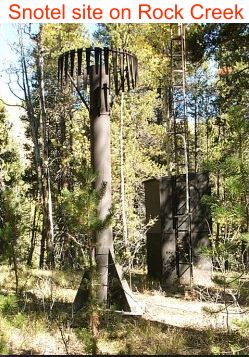
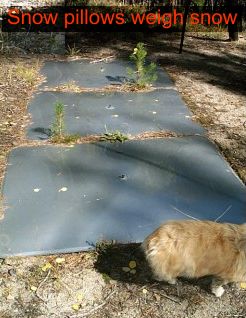 Evidence of global warming is particularly noticeable near seasonal transitions; winter is getting pinched - arriving later and ending earlier - as the earth warms. Signs of these trends are evident from the data collected since 1980 at the Snotel weather station on Rock Creek - just over the hill south of Pebble Creek.
Evidence of global warming is particularly noticeable near seasonal transitions; winter is getting pinched - arriving later and ending earlier - as the earth warms. Signs of these trends are evident from the data collected since 1980 at the Snotel weather station on Rock Creek - just over the hill south of Pebble Creek.
The Snotel home is HERE. What is SWE? At the Snotel site on Rock Creek, snow pillows weigh the snow, and express the weight in snow water equivalent (SWE). One inch of SWE is equivalent to about 10 inches (depth) of typical powder snow. Winter arriving later 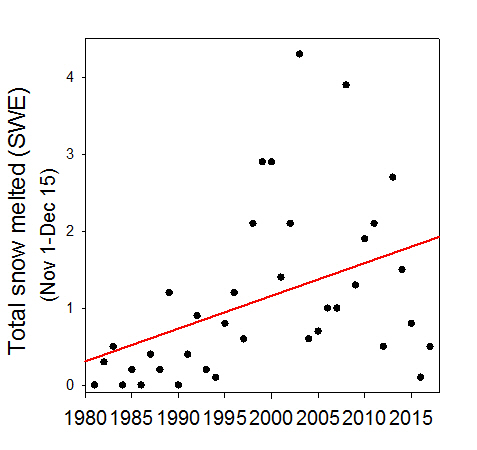
It used to be from early November until the spring meltoff, almost all snow that fell remained and did not melt. Today, however, November and even December snowfalls are often followed by partial, or even complete, melting. The graph on the right shows the sum of all decreases in SWE between November 1 and December 15 for each year since 1981. The black dots show the actual data, and the red line is the trend line (linear regression). While there is considerable scatter, the trend is clear - at present, about 2 SWEs are lost to early winter meltoff. That is about one-and-a-half feet of lost powder snow by mid-December. Spring arriving earlier 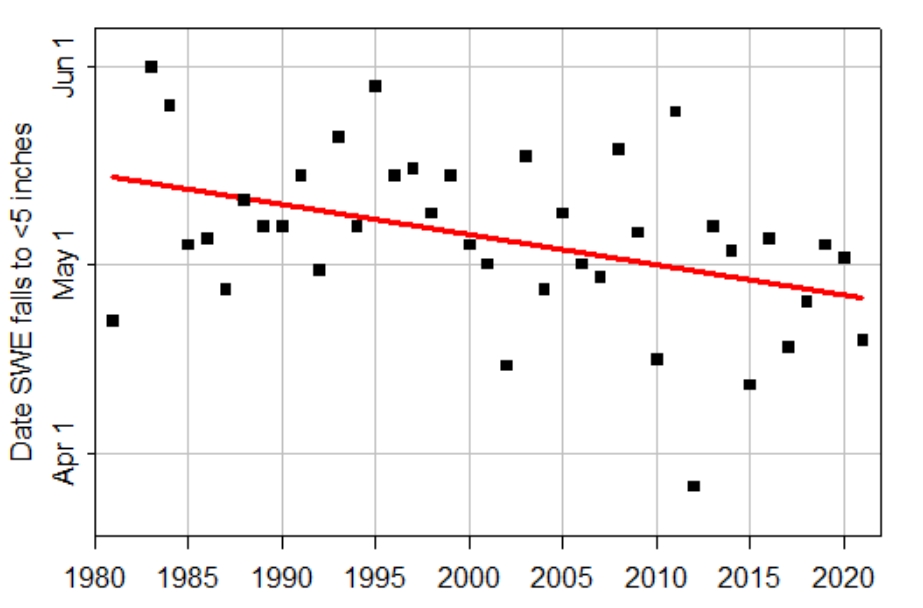
Maximum snow accumulation occurs about April 10 each year, and then the big meltoff begins (see graph below). Bulah Walls (1906-1997) lived on Pebble Creek from 1936 until 1981, and said that the snow melted off the meadow about May 10 each year. That is a somewhat subjective judgement. Tne Rock Creek Snotel data show that, on average, the snow amount on May 10 is 5.0 snow-water-equivalents (SWE). The graph at the right shows the date when the SWE first falls below 5.0 for each year since 1981.The black dots show the actual data, and the red line shows the trend line (linear regression). The red line suggests that on average the snow is disappearing from the meadow on Pebble Creek about 11 hours earlier each year. 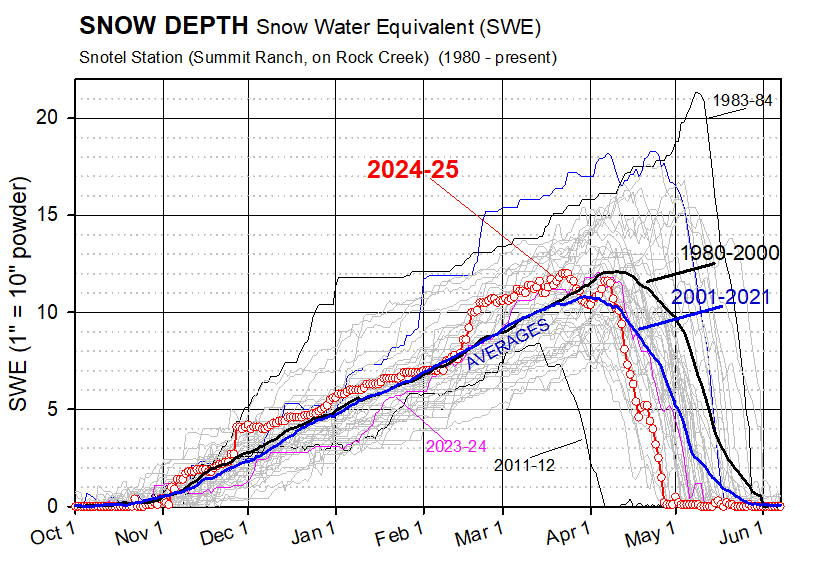 The graphs above were calculated from data on the Snotel website*, shown graphically on the left.
The graphs above were calculated from data on the Snotel website*, shown graphically on the left.
* http://www.wrcc.dri.edu/cgi-bin/snoX_graph.pl?SUMC2. |